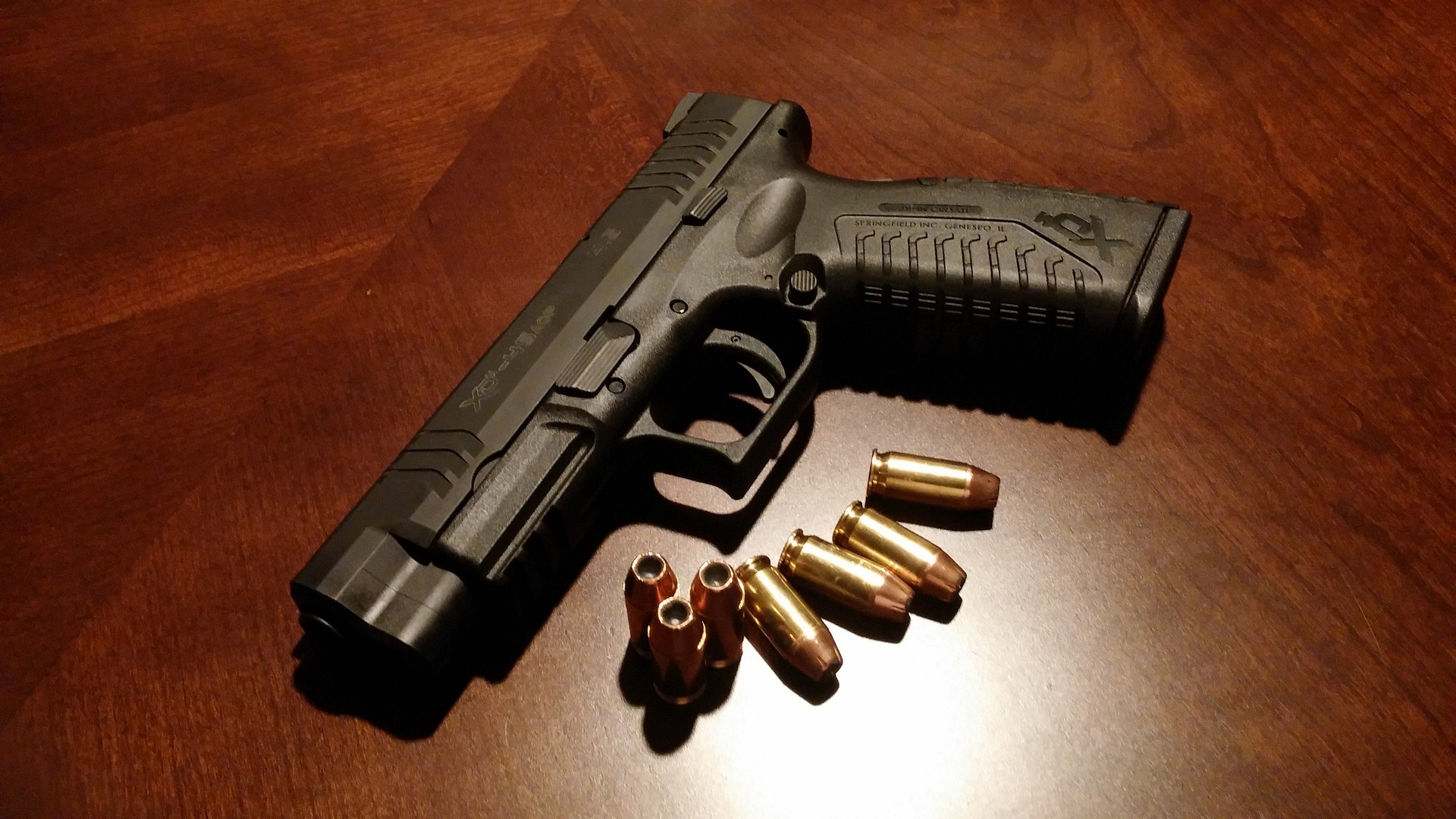The 2022 Crime in California report from the state Attorney General’s office tell us, as the reports have shown for the past three years, that crime continues to rise. Violent crimes are up 6.1 percent and property crimes are up 6.2 percent over the 2021 figures.
Yet, progressive lawmakers have continued to prioritize legislation that has decriminalized crime, decarcerated inmates, and defunded public safety. To that we can now add the ineffective.
One such bill is SB 2 (Portantino), which lawmakers sent to the Governor’s desk on September 12. SB 2 is born of what the LA Times writes are crimes that have put pressure on Democrats to “crack down on gun violence in California.”
SB 2 is designed to tighten and close loopholes that don’t exist in California’s Carry Concealed Weapons (CCW) system. In addition to raising minimum age of carrying a CCW from 18 to 21, it adds safe storage and qualification criteria language that essentially duplicates existing state law, and creates a list of nearly two dozen locations where CCW holders cannot carry weapons – namely schools.
But here’s the thing: it is already illegal to carry loaded weapons, concealed or otherwise, within 1000 feet of a school as well onto the campuses of colleges and universities except within the course and scope of instruction – like police academies. Likewise, raising the age to possess a CCW to 21 makes perfect sense except that it is already illegal as no one under 21 can own a concealable firearm.
In California, no shooting by a CCW holder has ever occurred at an existing protected location or one proposed by SB 2. In fact, concealedcarrykillers.org lists just 5 homicides having been committed by CCW holders in California in the last 24 years.
Yet, since 2013 there have been 19,249 homicides statewide, 70 percent of which were committed with firearms. Ironically, progressives in the State Assembly were working as recently as 2021 to reduce the sanctions for murderers who use firearms from 10-20-25 years for possession, use, and causing death, respectively, to just 1-2-3 years.
It’s a good idea to keep guns out of bars or the many places where they are already prohibited, whether they are possessed by CCW holders or anyone for that matter – much less from convicted felons. Except the law won’t even do that.
Using 2015 statistics, researchers at the University of California, reported that California had a then backlog of 18,976 individuals on the state armed prohibited persons list. Given that both prohibited and non-prohibited persons own an average of 2.6 forearms each, there were an estimated 50,000 firearms in the hands of prohibited persons. The researchers concluded “Retention of firearms among persons who become lawfully prohibited from possessing them is common in California.”
Since that study was released, the number of prohibited persons has grown. On Jan 1, 2022, there were 23,869 individuals on the list, up from 2020 when there were 23,598 on the list.
The increase from 2015 to 2022 is 25.78 percent.
In addition, it’s worth noting that the California Department of Justice recently suffered a data breach exposing the personal information of the 192,000 Californians who had applied for CCW permits over a ten year period. Given that, one could easily reach the conclusion that SB 2’s secure storage components are made necessary due to governmental malfeasance more than gun owners actions.
The State’s inability to both police the APPS system as well as their own data are a serious public safety issue.
CCW holders are the most vetted firearms owners in the United States and California’s already strict firearms laws get an A grade from the Giffords Center.
The Legislature should focus their crime prevention efforts on the criminals who violate the law and not on the political theater of meaningless legislation.
Steve Smith is a senior fellow in urban studies at the Pacific Research Institute.

